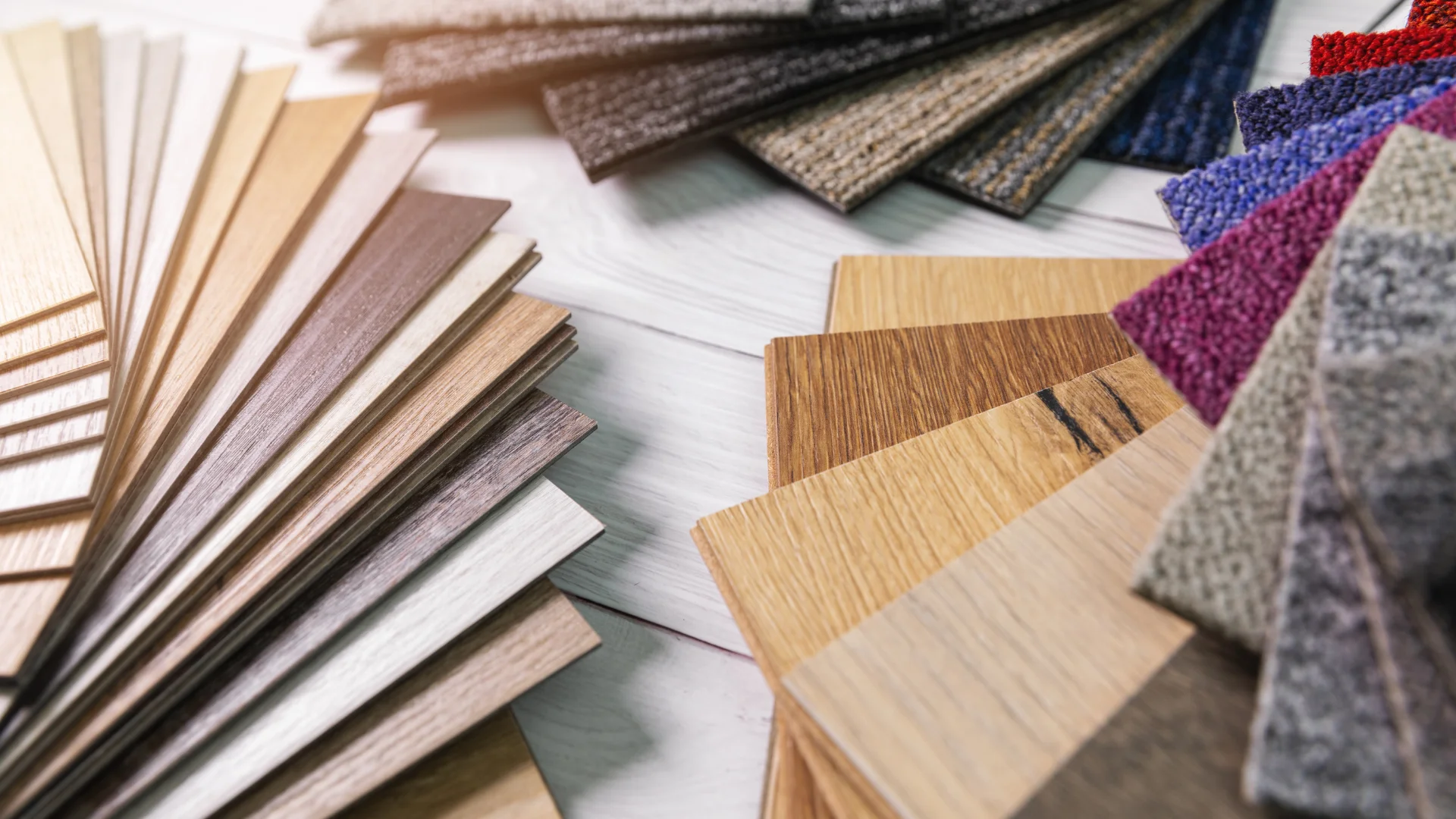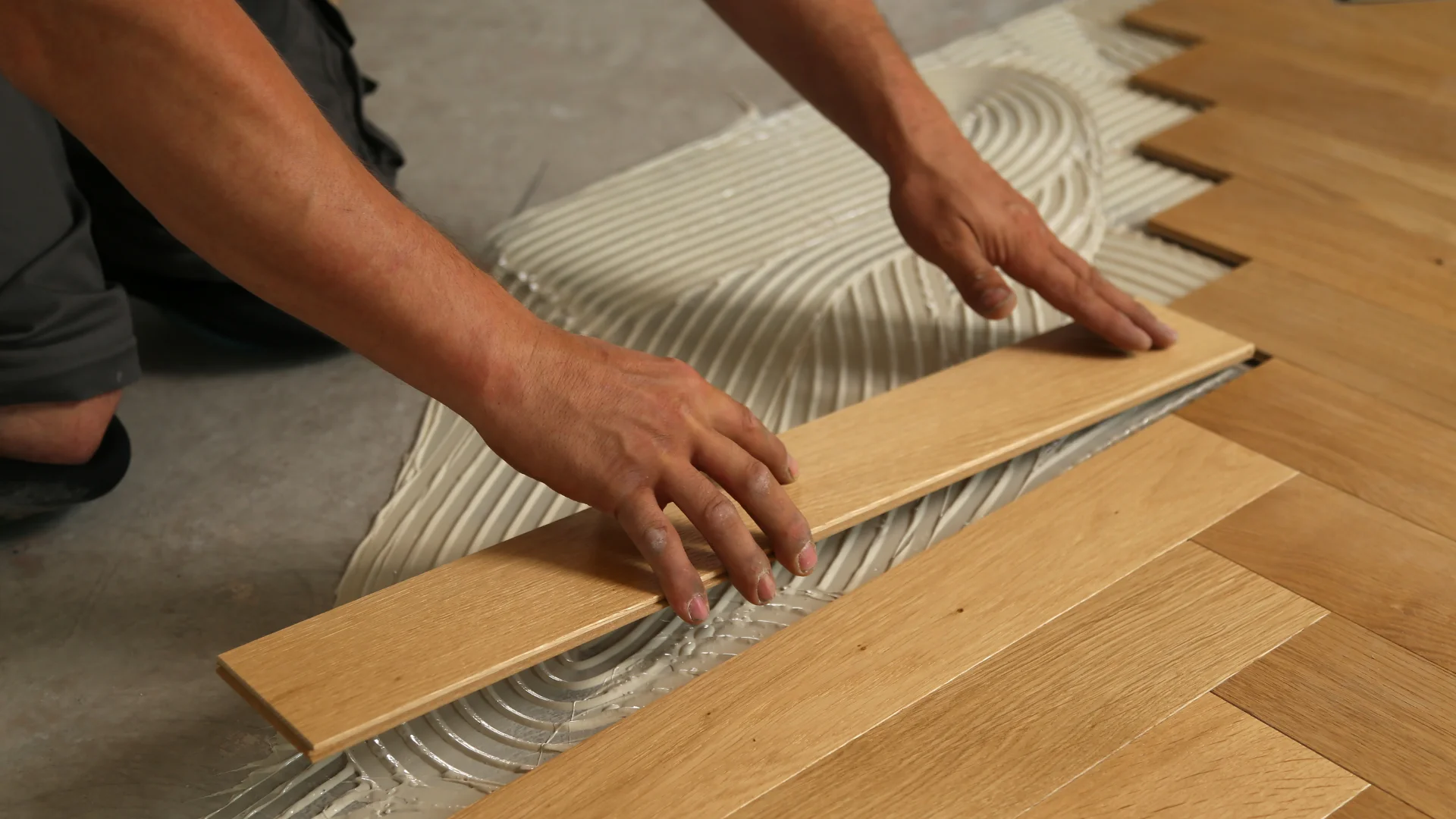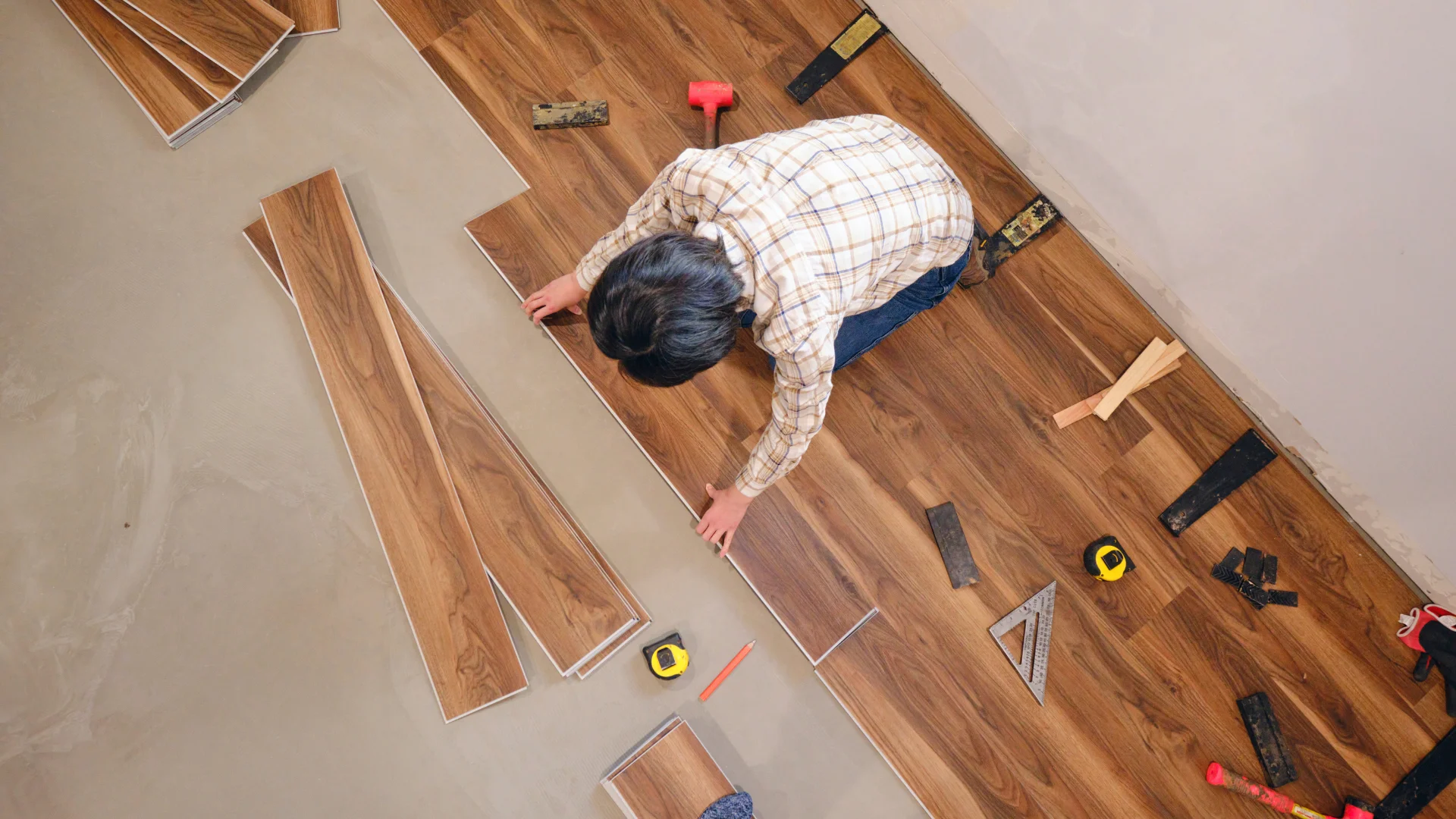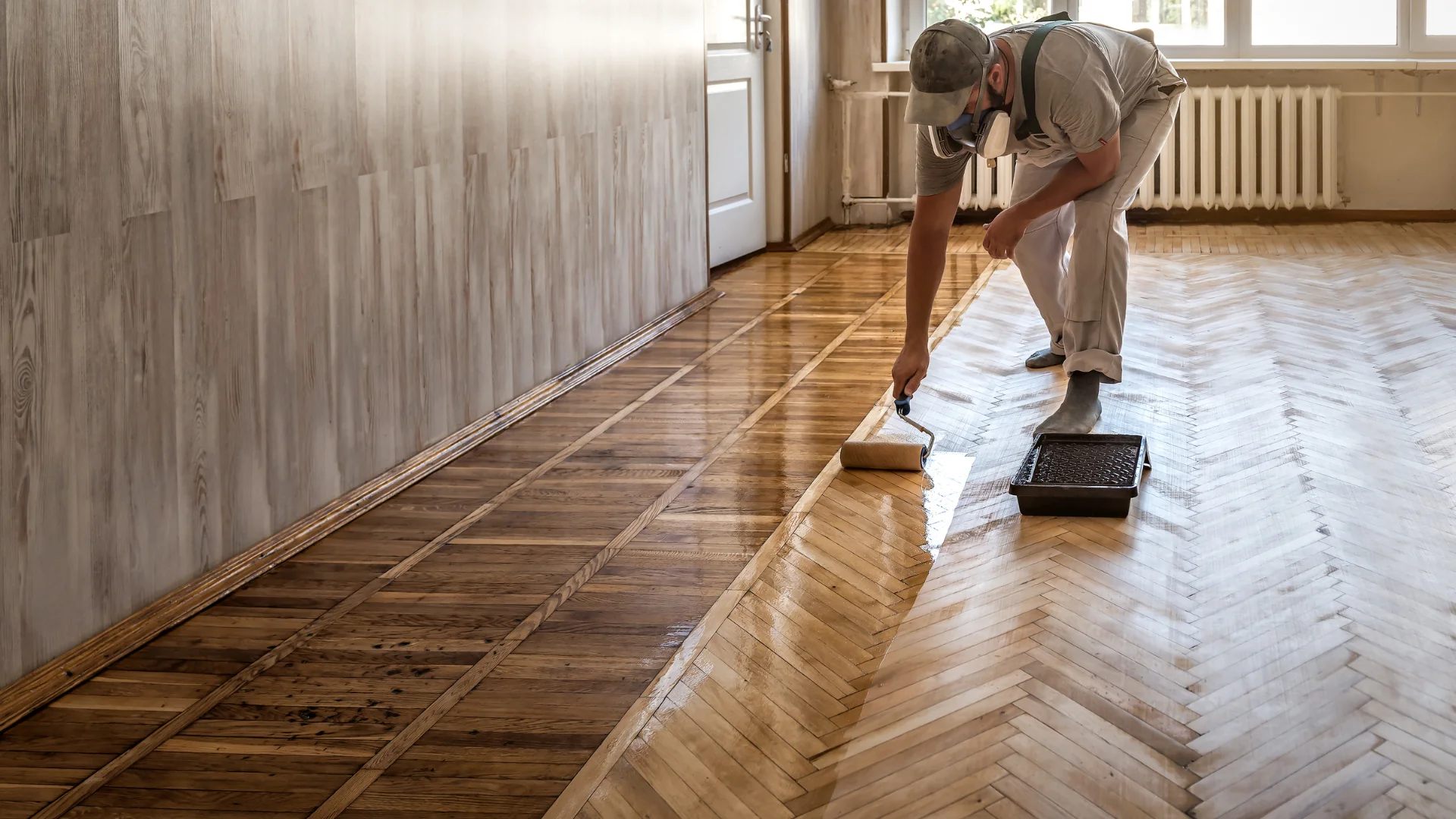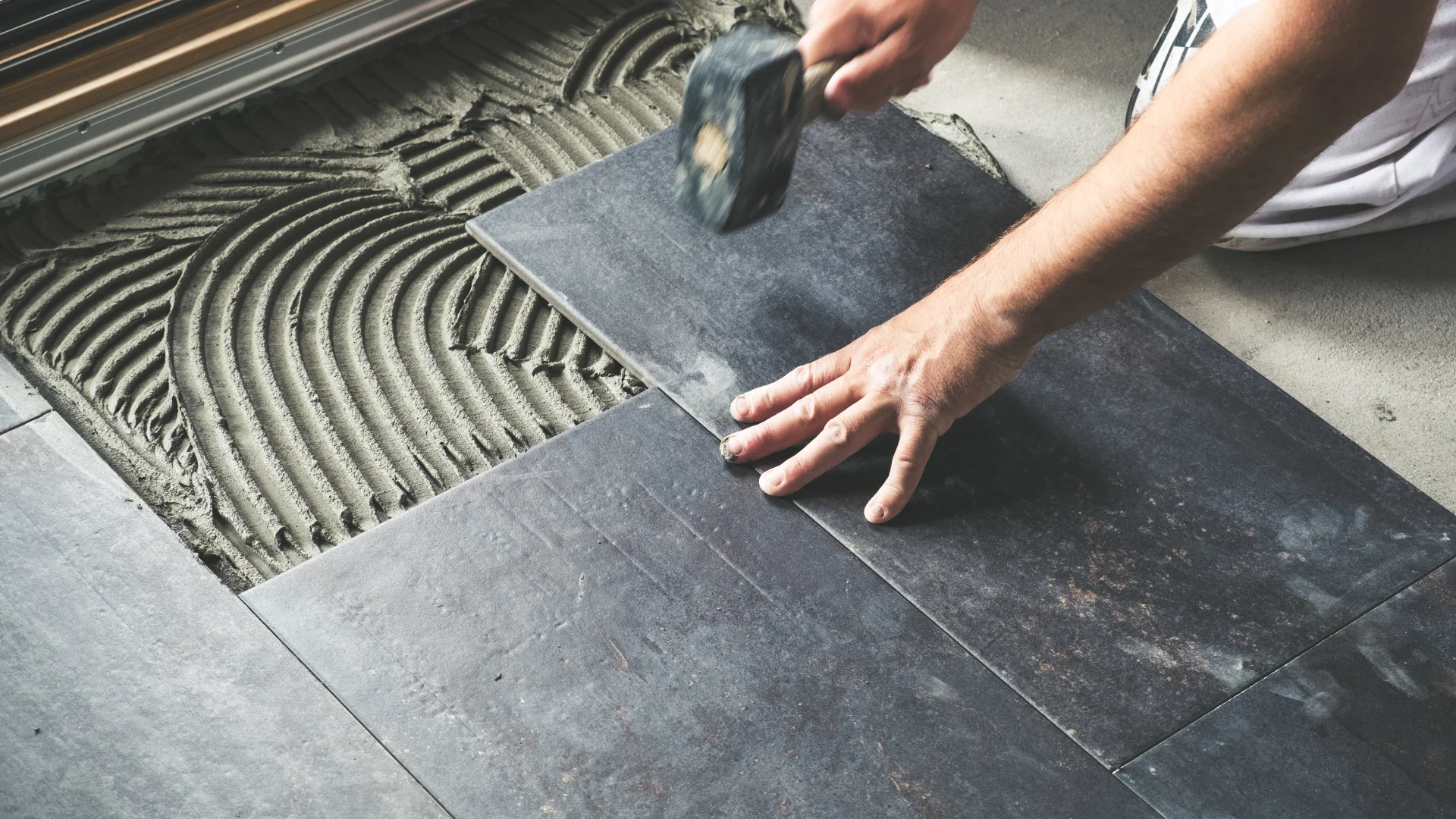Flooring is a crucial aspect of home improvement that can significantly enhance the aesthetic appeal and value of your home. Whether you opt for DIY projects or professional installations, understanding the various options, costs, tools, and safety measures is essential for a successful project. This comprehensive guide provides an overview of everything you need to know about flooring projects, from who can do it and how to get started to the best, cheapest, and easiest projects, as well as the tools and safety considerations involved.
Who Can Do DIY Flooring Projects?
DIY flooring projects are accessible to a wide range of skill levels, from beginners to experienced DIY enthusiasts. Simple tasks like installing peel-and-stick vinyl tiles or laminate flooring are suitable for novices, while more complex projects such as hardwood or ceramic tile installation may require advanced skills and knowledge. Homeowners with basic DIY experience and a willingness to learn can undertake many flooring projects themselves, but it’s crucial to recognize when professional help is needed, especially for tasks involving intricate cuts, heavy materials, or complex patterns.
Getting Started with DIY Flooring Projects
Planning and Preparation
- Assess Your Space: Measure the area where you plan to install new flooring to determine the amount of material needed. Include an extra 10% to account for waste and mistakes.
- Choose Your Material: Decide on the type of flooring that suits your style, budget, and the room’s function. Common options include laminate, vinyl, hardwood, and tile.
- Gather Tools and Supplies: Ensure you have all necessary tools, including a tape measure, utility knife, saw, spacers, level, adhesive, and safety gear.
- Prepare the Subfloor: The subfloor must be clean, dry, and level. Remove old flooring and repair any damage to ensure a smooth installation surface.
Average Cost of Flooring Projects
The cost of flooring projects varies widely based on the material and installation method. Here are some average costs per square foot for different flooring types:
- Laminate: $1 to $4 (material only) (This Old House).
- Vinyl: $2 to $7 (material only) (This Old House) (CalculatorsHub).
- Hardwood: $3 to $10 (material only) (This Old House) (Today’s Homeowner).
- Ceramic Tile: $5 to $10 (material only) (This Old House).
Including installation, homeowners can expect to pay between $750 and $5,800 for 200 square feet of flooring, depending on the material (This Old House).
Best Flooring Projects
High-End Projects
- Hardwood Flooring: Offers a classic and timeless look, ideal for living rooms and bedrooms. Hardwood flooring can last decades with proper care and adds significant value to a home.
- Natural Stone Tiles: Provides an upscale appearance and is highly durable, making it suitable for high-traffic areas like kitchens and bathrooms.
Budget-Friendly Projects
- Vinyl Plank Flooring: An affordable option that mimics the look of wood or stone. It’s water-resistant and easy to install, making it a popular choice for DIYers.
- Laminate Flooring: Cost-effective and easy to install, laminate flooring is available in a variety of styles and is durable enough for high-traffic areas.
Unique and Creative Projects
- DIY Penny Flooring: Create a unique and eye-catching floor using pennies as tiles. This project is labor-intensive but inexpensive and results in a stunning conversation piece (DIY Joy).
- Painted Floor Tiles: Refresh old tiles with paint to create custom designs and patterns. This is an affordable way to update a space without replacing the existing flooring (DIY Joy).
Cheapest Flooring Projects
- Peel-and-Stick Vinyl Tiles: These tiles are incredibly affordable and easy to install, making them perfect for budget-conscious DIYers.
- Plywood Flooring: A cost-effective option that can be stained or painted to mimic more expensive materials (DIY Joy).
Easiest Flooring Projects
- Floating Laminate Flooring: Requires no adhesive or nails, as the planks snap together and float over the subfloor. This makes it ideal for beginners.
- Peel-and-Stick Vinyl: Simple to cut and apply, these tiles are perfect for quick and easy updates to any room.
Tools and Materials Needed
Basic Tools
- Tape Measure: For accurate measurements.
- Utility Knife: For cutting vinyl and other soft materials.
- Circular Saw or Jigsaw: For cutting wood and laminate planks.
- Level: Ensures your flooring is even.
- Adhesive: Needed for materials that require glue, like certain types of vinyl and tile.
- Spacers: Maintain consistent gaps between planks or tiles.
- Safety Gear: Gloves, goggles, and knee pads to protect yourself during the project.
Additional Supplies
- Underlayment: Provides a smooth surface and insulation for laminate and vinyl flooring.
- Trim and Moldings: Finishing pieces to cover gaps and edges.
- Grout and Sealant: Necessary for tile installations to fill gaps and protect the tiles.
Safety Considerations
- Use Protective Gear: Always wear gloves, goggles, and knee pads to protect yourself from cuts, dust, and kneeling on hard surfaces.
- Follow Manufacturer Instructions: Adhere to the guidelines provided by the flooring manufacturer for installation and maintenance.
- Ensure Proper Ventilation: When using adhesives or sealants, ensure the room is well-ventilated to avoid inhaling fumes.
- Be Cautious with Power Tools: Use power tools with care, following safety instructions and keeping hands away from blades.
- Lift with Your Legs: When moving heavy materials, use proper lifting techniques to avoid back injuries.
Should You Remodel Your Flooring?
Deciding whether to undertake a flooring remodel depends on various factors, including your budget, skill level, and the potential return on investment. Here are some points to consider:
- Budget: Determine if you have the financial resources to complete the project without compromising on quality.
- Skill Level: Assess whether you have the necessary skills to perform the installation or if hiring a professional would be more cost-effective in the long run.
- Home Value: Consider the potential increase in home value. High-quality flooring can significantly enhance the appeal and value of your home, making it a worthwhile investment.
Conclusion
DIY and custom home improvement flooring projects offer a range of options to suit different budgets, skill levels, and aesthetic preferences. From cost-effective solutions like vinyl and laminate to high-end choices like hardwood and natural stone, there is a flooring option for every home. By carefully planning, gathering the right tools, and following safety guidelines, homeowners can successfully complete flooring projects that enhance their living spaces and potentially increase their property value.

